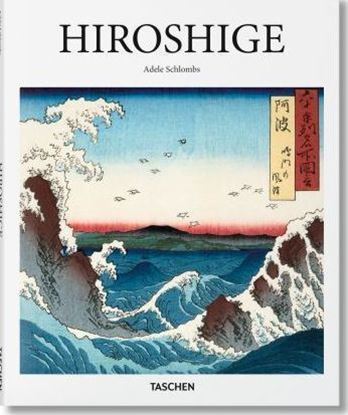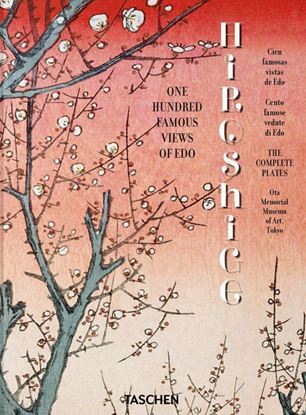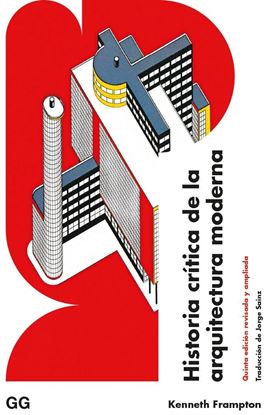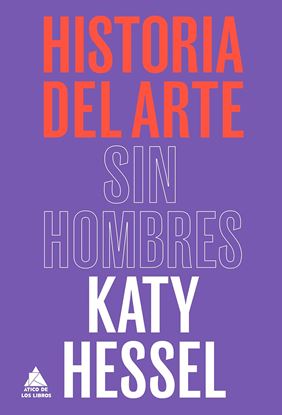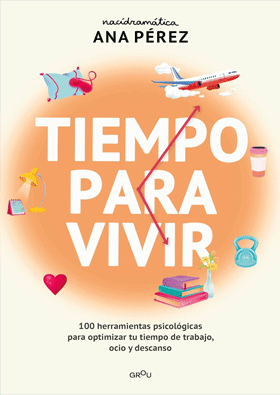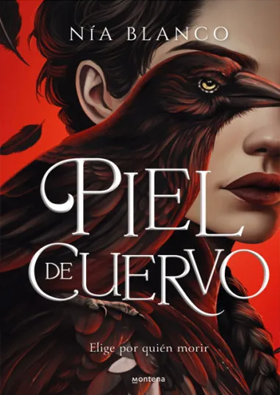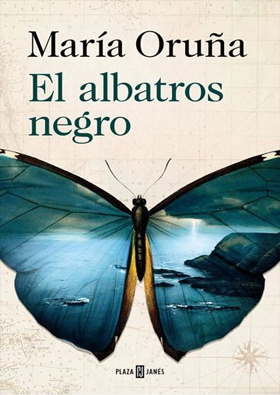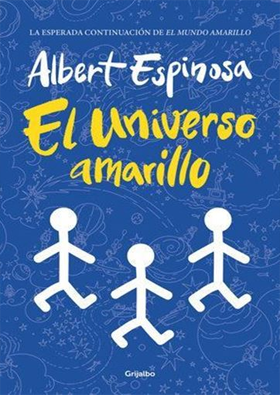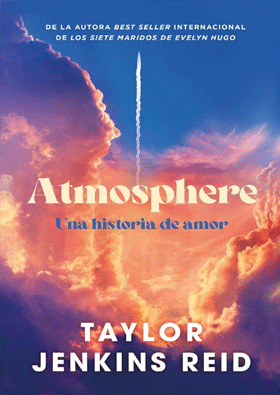

HIROSHIGE (BASIC ART EDITION) GB
Utagawa Hiroshige (1797–1858) was one of the last great artists in the ukiyo-e tradition. Literally meaning “pictures of the floating world,” ukiyo-e was a particular woodblock print genre of art that flourished between the 17th and 19th centuries. Subjects ranged from the bright lights and attractions of Edo (modern-day Tokyo), to spectacular natural landscapes.
In the West, Hiroshige’s prints became exemplary of the Japonisme that swept through Europe and defined the Western world’s visual idea of Japan. Because they could be mass produced, ukiyo-e works were often used as designs for fans, greeting cards, and book illustrations. The style influenced Impressionist, Post-Impressionist, and Art Nouveau artists alike, with Vincent van Gogh and James Abbott McNeill Whistler both particularly inspired by Hiroshige’s landscapes.
1,350
1,080
HIROSHIGE. ONE HUNDRED FAMOUS VIEWS
Luces urbanas y cerezos
Los grabados en madera de Tokio que cautivaron la imaginación de Europa
Utagawa Hiroshige (1797-1858) fue uno de los últimos grandes artistas de la tradición japonesa del ukiyo-e. La palabra significa literalmente «pinturas del mundo flotante» y designa un género artístico que floreció entre los siglos xvii y xix y simbolizó la imagen de Japón en el mundo occidental. Las escenas del ukiyo-e, que en muchos aspectos eran de tipo hedonista, representaban a menudo la brillante luminosidad y las atracciones de Edo: mujeres hermosas, actores y luchadores de sumo, la vida urbana y panorámicas espectaculares.
2,300
1,840
HISTORIA CRITICA DE LA ARQUITECTURA
Desde su primera edición en 1980, la Historia crítica de la arquitectura moderna de Kenneth Frampton se ha convertido en un clásico imprescindible dentro de la bibliografía académica sobre historia de la arquitectura moderna. En esta quinta edición ampliamente revisada y actualizada, el autor ha añadido una nueva y extensa sección que explora al detalle la evolución del Movimiento Moderno en la arquitectura en todo el mundo a finales del siglo xx y principios del xxi. En ella, se examinan las diversas formas en que los arquitectos no solo responden a los contextos geográficos, climáticos, materiales y culturales, sino que siguen también distintas líneas de enfoque en relación a la topografía, la morfología, la sostenibilidad y la forma cívica.
2,995
2,396
HISTORIA DE LA MUSICA POPULAR CUBANA
Este libro constituye una lectura apasionante e instructiva, a la vez que nos presenta un testimonio conmovedor, debido a la manera profunda y personal, en que el autor describe la maravilla que fue la isla de Cuba desde el inicio de su historia.
En él encontrarán los interesados un estudio exhaustivo de la materia expuesta, que lo convierte, definitivamente, en obligado material de estudio sobre el importante tema de la música popular comercial en Cuba.
1,350
1,080
HISTORIA DEL ARTE SIN HOMBRES
La historia del arte desde el Renacimiento como nunca se ha contado.
¿Cuántas mujeres artistas conoce? ¿Quién hace la historia del arte? ¿Hubo mujeres que trabajaron como artistas antes del siglo XX? ¿Cuáles fueron las pioneras que abrieron el camino para las creadoras actuales? ¿Cuántas mujeres forman parte de las colecciones permanentes de los grandes museos?
En una apasionante historia del arte, Katy Hessel, historiadora del arte y fundadora del podcast @thegreatwomenartists, presenta, entre otros, los deslumbrantes cuadros de la pintora renacentista Sofonisba Anguissola, las radicales obras de Harriet Powers en el siglo XIX, o la historia de la fascinante baronesa Von Freytag-Loringhoven, que inventó el concepto de arte encontrado mucho antes que Duchamp. Viajaremos por la Edad de Oro holandesa, contemplaremos el asombroso trabajo de las artistas latinoamericanas de posguerra y conoceremos a las mujeres que están definiendo qué es el arte en la actualidad.
2,500
2,000


